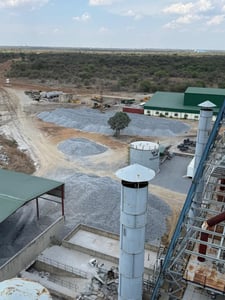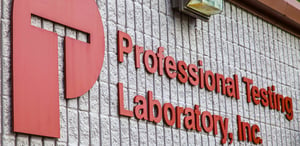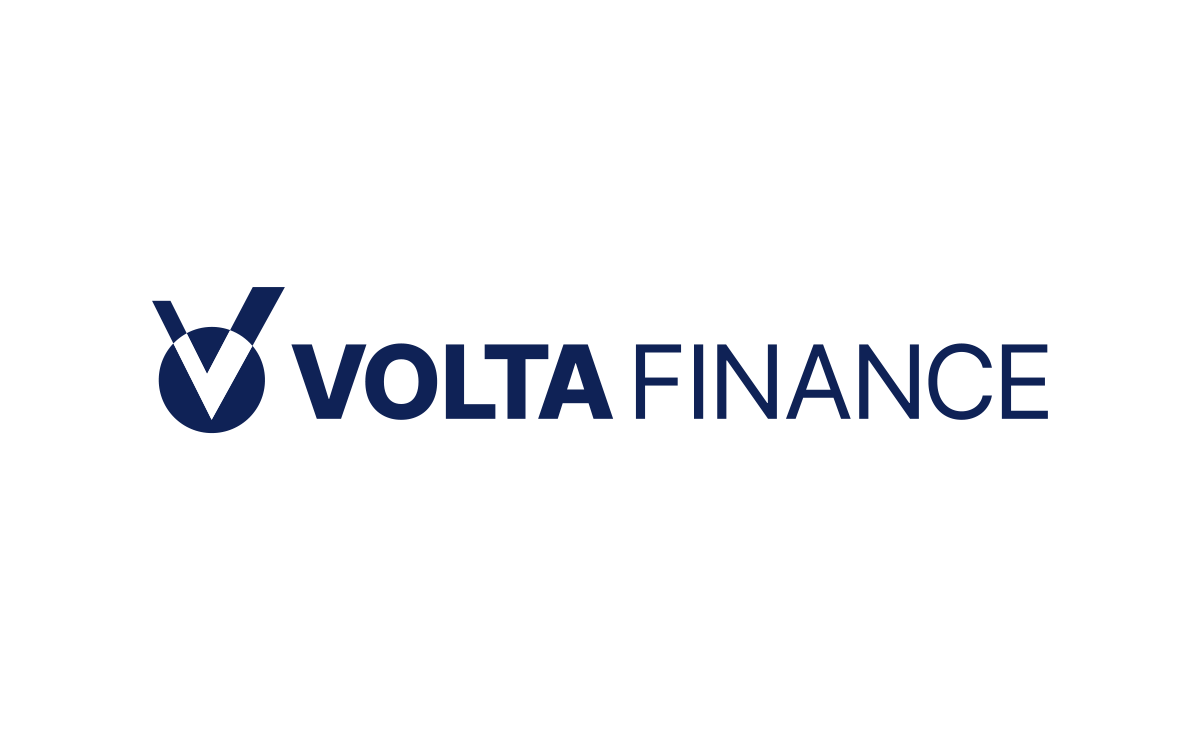In the dynamic world of biotechnology, Trevi Therapeutics, Inc. (NASDAQ: TRVI) stands out with its compelling proposition and significant growth potential. With a focus on developing treatments for chronic cough associated with idiopathic pulmonary fibrosis (IPF) and related conditions, Trevi is carving a niche in the healthcare sector.
As a clinical-stage biopharmaceutical enterprise, Trevi is working on Haduvio, an oral extended-release formulation of nalbuphine. This investigational therapy is currently undergoing multiple clinical trials, including a phase 2b trial for cough reduction in IPF patients, a phase 2 trial for pruritus, and a phase 2b/3 trial for prurigo nodularis. These trials underscore the company’s commitment to addressing unmet medical needs and its potential to capture a significant market share upon successful outcomes.
Despite its promising pipeline, Trevi’s current financial metrics reflect the typical challenges faced by many clinical-stage biotechs. The company reports an absence of revenue growth and net income, with its EPS at -0.45. Additionally, the return on equity stands at a concerning -55.12%, and free cash flow is in the negative territory at approximately -$24.5 million. These figures highlight the financial risks involved, common in the biotech sector where substantial upfront investment is required for R&D and clinical trials.
Trevi’s market valuation paints a different picture. With a market cap of $689.13 million, the company is trading at a current price of $5.66. Notably, analysts are bullish on the stock, with nine buy ratings and no hold or sell recommendations. The consensus target price range is between $13.00 and $29.00, with an average target of $21.22, suggesting a staggering potential upside of nearly 275%.
The technical indicators offer further insights into the stock’s movement. The 50-day moving average is at $6.34, slightly above the current price, while the 200-day moving average stands at $4.59, indicating a potential upward trend over the longer term. However, the RSI (14) is at 37.93, suggesting the stock is nearing oversold territory. The MACD and signal line values are close, indicating a potential shift in momentum that investors should monitor.
Though Trevi does not offer a dividend yield, which is typical for companies prioritizing growth and reinvestment in development, the lack of a payout ratio reflects its focus on advancing its clinical programs.
Trevi Therapeutics, headquartered in New Haven, Connecticut, was incorporated in 2011 and has a strategic license agreement with Endo Pharmaceuticals Inc. for the development and commercialization of nalbuphine hydrochloride-based products. This partnership adds a layer of credibility and potential strategic support as Trevi navigates the complexities of drug development and eventual market entry.
For investors, Trevi presents a high-risk, high-reward scenario. While the financial metrics signify the inherent risks of investing in a clinical-stage biotech company, the analyst ratings and target prices indicate significant confidence in the company’s future. Investors with a tolerance for volatility and a long-term perspective may find Trevi’s growth trajectory and market potential appealing, especially given the estimated upside. As with any investment, conducting thorough due diligence and considering the broader market conditions is advisable.






































